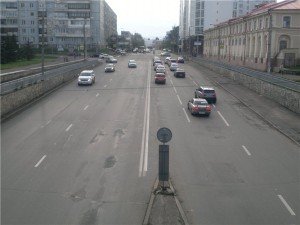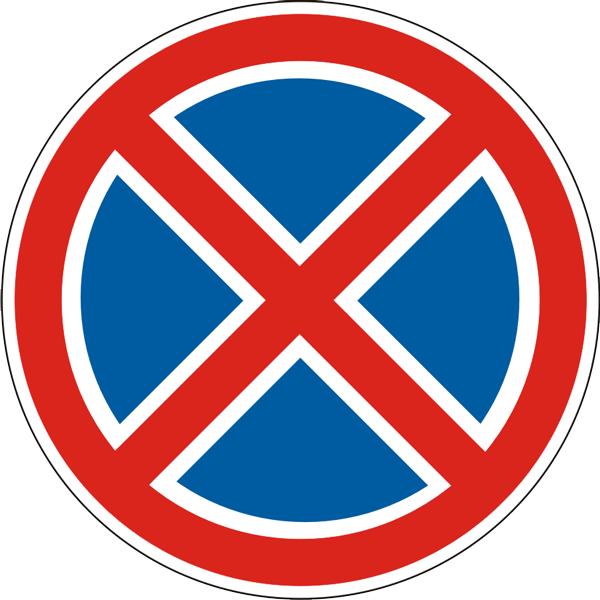
The width of the carriageway - the main aspects
Content
Driving a car is a whole science, which has its own set of rules. In this article, we will consider the definition of the carriageway in the SDA, find out what its width should be and other parameters.
Basic elements of the road - simple concepts
So, the road is called the lane, which is intended for the movement of vehicles. It may consist of the following elements: one or more carriageways, sidewalks, tram tracks, dividing lanes and shoulders.

The sidewalk is familiar to absolutely all city dwellers, and it is he who often becomes the object of quarrels with drivers who strive to park in a zone intended for pedestrians. Usually it is separated from the roadway with the help of a lawn, shrubs, trees, curbs. However, the dimensions of modern cars can overcome most of these obstacles. This element of the road is considered optional, since there is no sidewalk on the roads outside the settlement.
The next element of the road is the tram tracks. They are also not a mandatory part of the road. Currently, experts are talking about the possible elimination of trams. They are considered uneconomical. As the saying goes, experts "bark", the caravan moves on.

The lane on the road, the function of which is to distinguish between adjacent traffic flows, is called a dividing line. These road markings are an integral part of the motorway and serve to regulate traffic and ensure safe driving. As for the curb, it adjoins the carriageway and is necessary for parking or stopping transport.
How many carriageways can a road include?
Having studied the traffic rules, let's move on to the question of the possible number of carriageways on the roadway. So, it is worth noting that dividing lines are of great importance here. It is they who divide the road into carriageways. Basically, the road is divided into two traffic zones. The purpose of this separation is to increase the level of safety for road users. But there are quite a lot of roads divided into four carriageways.


In this case, two central lanes are considered the main road, and parking, stops and other maneuvers are performed on the side parts. The road itself is divided into two lanes. This is necessary for overtaking a vehicle and passing cars. It is worth noting that, in addition to cars, motorcycles, cyclists and pedestrians can also move around this zone (if there is no sidewalk and bike path nearby).




Watch this video on YouTube
The width of the carriageway in the SDA
So, having considered the four elements of the road, let's move on to the fifth and most basic, according to the traffic rules - the roadway. This element of the road is used for the movement of vehicles. Simply put, without it there can be no road itself. Many drivers confuse the road with the carriageway. They believe that the road is a strip covered with asphalt.


As we have already been able to find out, just this lane is called the carriageway, and the road has a broader concept, which includes other elements.
How wide should the carriageway be? Are there any set options? Yes there is. In fact, they depend on the category of the road itself. The definition of the width is established by the norms of SNiP. So, in settlements it will be from 2,75 meters to 4 meters. There may be exceptions, for example, the size of roads in the historical parts of the city, due to outdated ideas about the width and their purpose. The regulations for roads outside built-up areas are as follows:


- from 3,75 meters for carriageways of categories 1 and 2;
- 3,50 meters for category 3;
- 3 meters - 4 category.


Watch this video on YouTube
